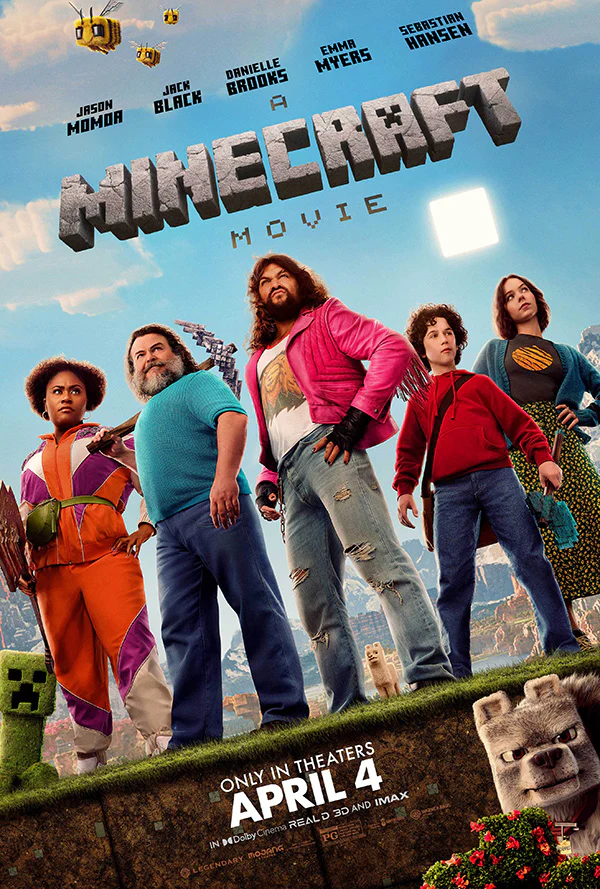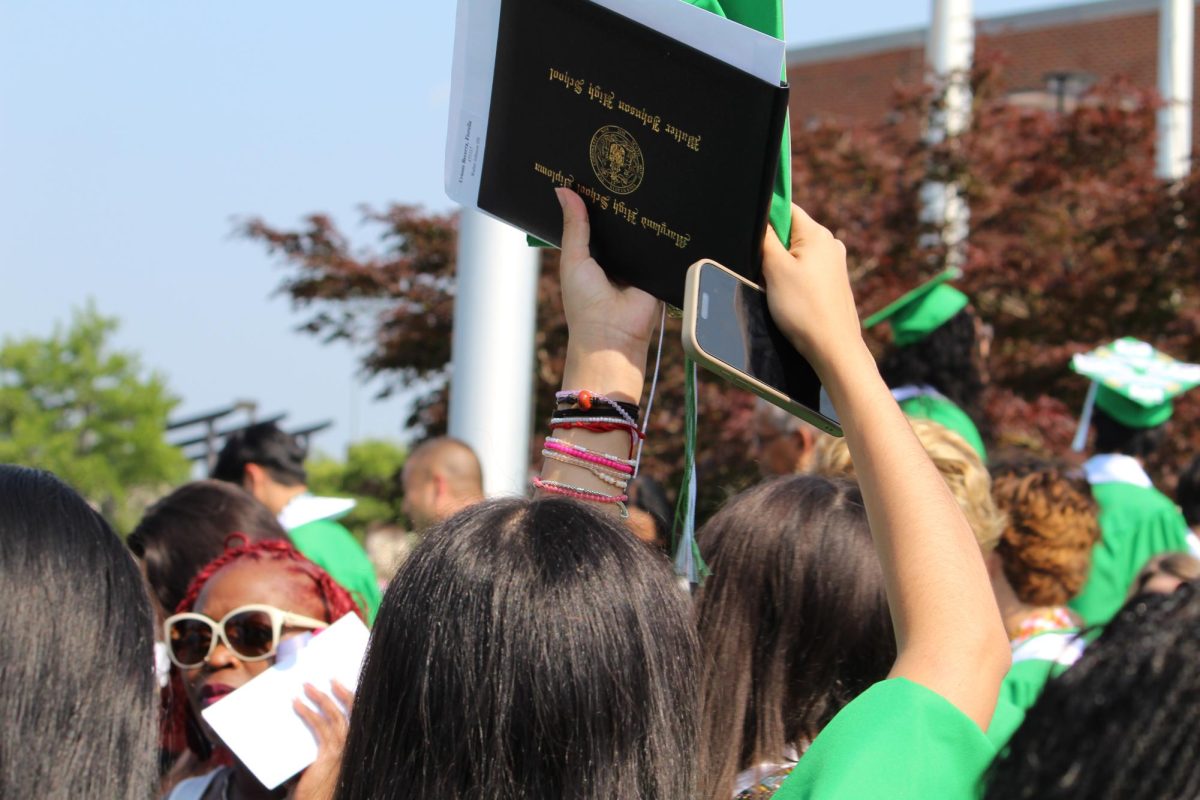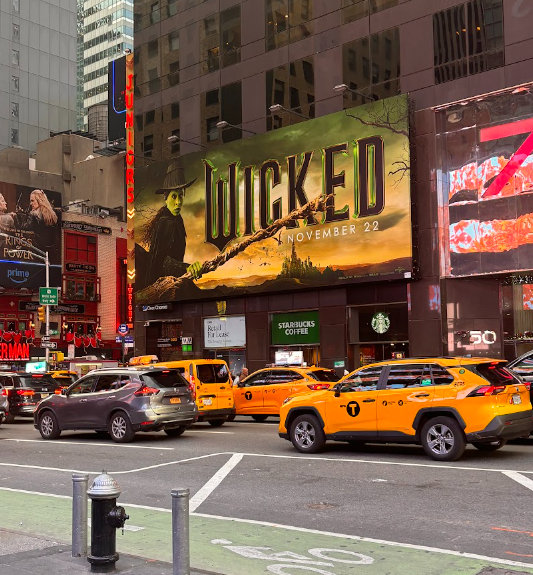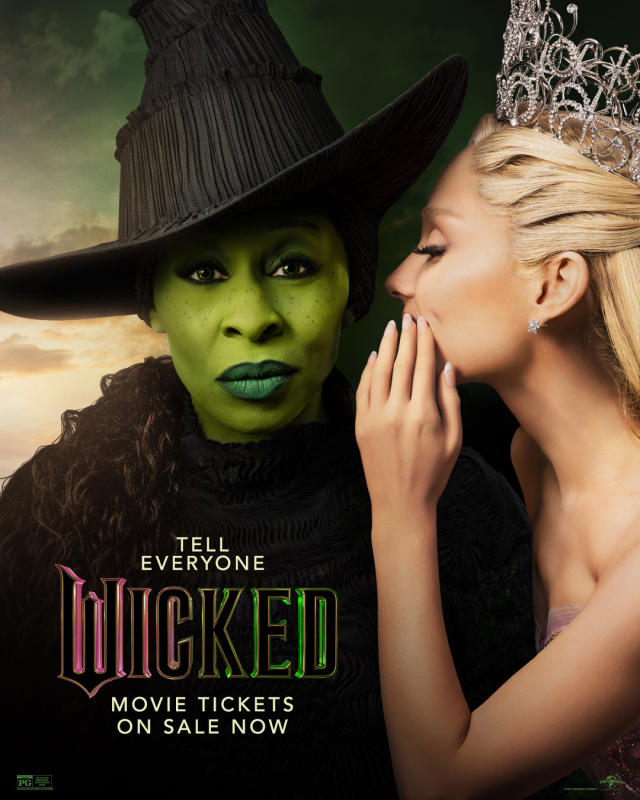
WARNING: This article contains spoilers from Black Panther.
Black Panther is a phenomenal box office success. After less than a month, the film became the second highest grossing film in the Marvel franchise, ranking just below the first Avengers movie. More than that, however, it broke representation barriers in Hollywood. Director Ryan Coogler was given a higher budget than any other African-American director, which was definitely deserved after the groundbreaking film.
Like the comic series, the movie mirrored the plight of modern struggles for equality in our country and throughout the world, paralleling problems of over-incarceration in our country and the refugee crisis in the Middle East among other modern-day issues. The fictional nation of Wakanda is located in eastern Africa and is more technologically advanced than any other country in the world thanks to an abundant source of vibranium, a fictional metal with supernatural capabilities. Similarly to developed nations in the real world, Wakanda struggles with the decision to aid less fortunate countries at the expense of their tradition out of fear that the problems of the refugees will become their own. The movie was able to express these issues while remaining culturally representative by featuring wardrobe in the traditional styles of countries across Africa.
“I think in part due to Ryan Coogler’s direction of this piece, and Marvel’s ability to support it in the way that only they could support a piece like this, I was able to touch people with the artistry of Africa,” costume designer Ruth E. Carter said.
One of the most complex characters is the primary antagonist in the film, Erik “Killmonger” Stevens, portrayed by Michael B. Jordan. Raised in Oakland by a Wakandan prince who sought to facilitate change in less fortunate communities, his father didn’t agree with his brother’s isolationist ideals. Their conflict results in the death of Killmonger’s father, leaving him an orphan with a desire to overthrow the Wakandan throne in order to start a revolution and use Wakandan resources to help disenfranchised people across the world. While his motivation was righteous, his means of execution were dastardly, stopping at nothing to achieve his goal, even murdering his own girlfriend among scores of other victims.
Another interesting character presented was Okoye, leader of the Dora Milaje, a group of female Wakandan warriors. She persevered and was fiercely loyal to her home country of Wakanda. In the film’s climactic battle, she went as far as to threaten to kill her husband W’kabi in the name of the throne. Her integrity was inspiring and her passion and loyalty for her home country made everyone proud of Wakanda, even though it’s a fictional place. It was extremely refreshing to see a diverse cast featuring such a strong female lead.
The movie brought to life the classic comic series in a way that inspired people across the world and captured various cultures. One of the best aspects of the film was the Kendrick Lamar-curated soundtrack. Read more in Beatriz Olivares’ article!





















